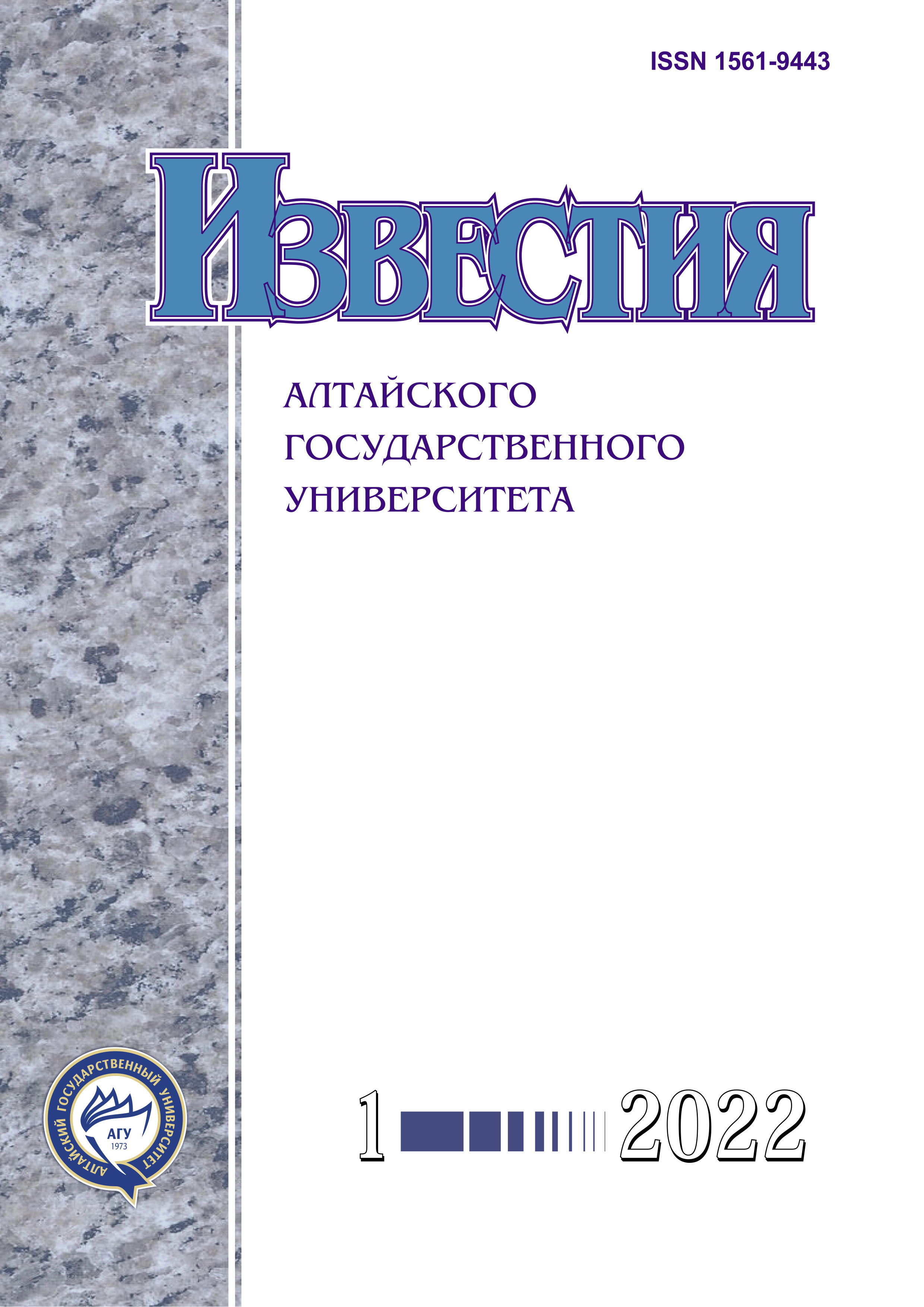Steganographic Methods for Embedding and Detecting Hidden Messages Using GIF Images as Container Files
УДК 535.317.1
Abstract
Over the past few decades, the development of new methods of storing, transferring, analyzing, and reproducing data has become increasingly important, considering the widespread development of information technologies and multimedia means. These methods also include means of ensuring the reliability, security, safety, and confidentiality of information when it is transmitted through various communication channels. Today, the fulfillment of the necessary data confidentiality requirements is developing in the direction of cryptography and steganography.
The article discusses a method of ensuring data confidentiality by means of Digital Steganography, using GIF images as container files. The features of this method are considered, the main steps of the algorithm are described, and the resulting file is analyzed. The second part of the article studies a method that estimates the probability of hiding information in the blocks of a container file. This method utilizes Pearson’s goodness-of-fit test. A number of test tests of the algorithm have been carried out to check the efficiency of this method. As a result, a computer program has been created using the Microsoft Visual Studio 2019 Community programming environment and the C# programming language (.NET Framework).
Downloads
Metrics
References
Грибунин В.Г., Оков И.Н., Туринцев И.В. Цифровая стеганография. М., 2009.
Хорошко В.А., Чекатков А.А. Методы и средства защиты информации. т., 2003.
Аргановский А.В., Балакин А.В., Грибунин В.Г., Сапожников С.А. Стеганография, цифровые водяные знаки и стеганоанализ. М., 2009.
Барсуков В.С., Романцов А.П. Компьютерная стеганография вчера, сегодня, завтра // Специальная техника. 1998. № 4, 5.
ИзычеваА.В., Сидоренко В.Г. Стеганографические методы защиты информации. М., 2017.
Shannon C.E. The communication theory of secrecy systems // Bell Sys. Tech. J. 1949. Vol. 28. № 4.
Конахович Г.Ф., Пузыренко А Ю. Компьютерная стеганография. Теория и практика / гл. ред. Ю.А. Шпак. Т., 2006.
Урбанович П.П. Защита информации методами криптографии, стеганографии и обфускации. Минск, 2016
Куркина М.В., Пономарев И.В., Строкин Д.И. Стеганографические методы, устойчивые к JPEG сжатию // Известия Алт. гос. ун-та 2021, № 1 (117), DOI: 10.14258/izvasu(2021)1-17.
Сэломон Д. Сжатие данных, изображений и звука. М., 2004.
Westfeld A., Pfitzmann A. Attacks on Steganographic Systems //Lecture Notes in Computer Science. 2000, Vol. 1768. DOI: 10.1007/10719724_5.
Copyright (c) 2022 Игорь Викторович Пономарев, Дмитрий Игоревич Строкин

This work is licensed under a Creative Commons Attribution 4.0 International License.
Izvestiya of Altai State University is a golden publisher, as we allow self-archiving, but most importantly we are fully transparent about your rights.
Authors may present and discuss their findings ahead of publication: at biological or scientific conferences, on preprint servers, in public databases, and in blogs, wikis, tweets, and other informal communication channels.
Izvestiya of Altai State University allows authors to deposit manuscripts (currently under review or those for intended submission to Izvestiya of Altai State University) in non-commercial, pre-print servers such as ArXiv.
Authors who publish with this journal agree to the following terms:
- Authors retain copyright and grant the journal right of first publication with the work simultaneously licensed under a Creative Commons Attribution License (CC BY 4.0) that allows others to share the work with an acknowledgement of the work's authorship and initial publication in this journal.
- Authors are able to enter into separate, additional contractual arrangements for the non-exclusive distribution of the journal's published version of the work (e.g., post it to an institutional repository or publish it in a book), with an acknowledgement of its initial publication in this journal.
- Authors are permitted and encouraged to post their work online (e.g., in institutional repositories or on their website) prior to and during the submission process, as it can lead to productive exchanges, as well as earlier and greater citation of published work (See The Effect of Open Access).








